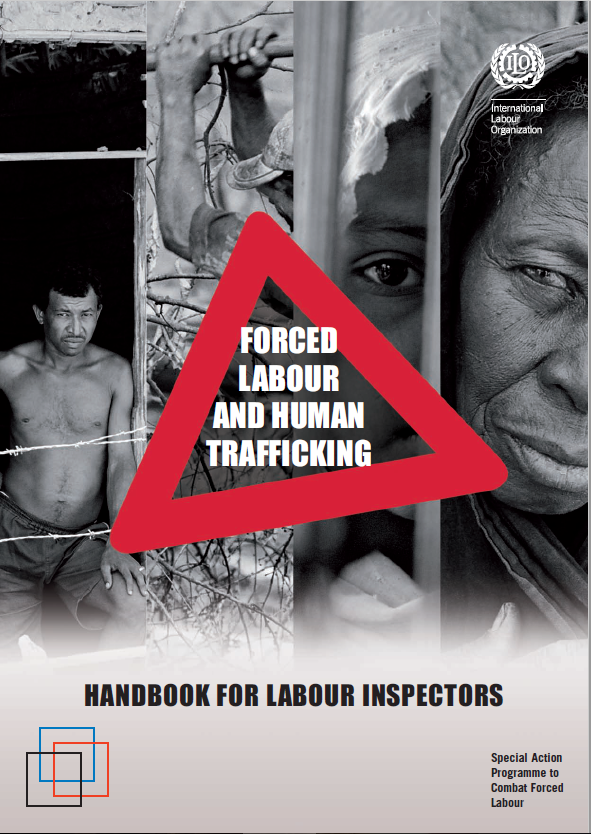Global Trends: Forced Displacement in 2018
PublicationsThe global population of forcibly displaced increased by 2.3 million people in 2018. By the end of the year, almost 70.8 million individuals were forcibly displaced worldwide as a result of persecution, conflict, violence, or human rights violations...Read More

